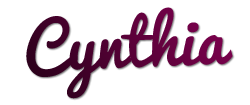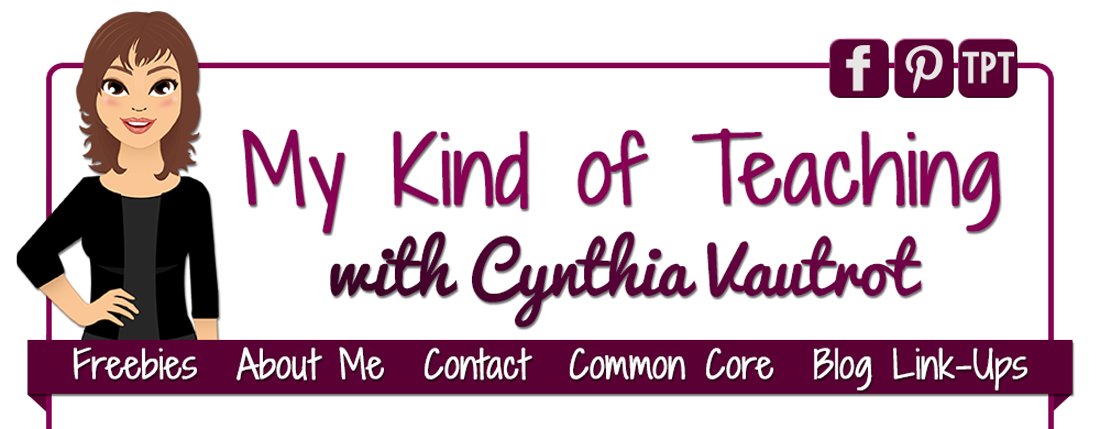January seems to stretch out f-o-r-e-v-e-r unless you have a snow day or two.
However, it's also my favorite teaching month of the year! I feel like there is such a sense of accomplishment this month!
It's a great time to focus on academics before all of the holiday excitement in February.
The only trouble is that the students have trouble coming down from all of the craziness of December.
Don't worry!
Utilizing small-group learning as an effective teaching strategy will bring calmness to it all.
It's the perfect opportunity to focus on centers, classroom games, small groups, and more.
In January, I especially love focusing on small groups. I want to make sure that I have filled all of the gaps I possibly can.
Do you struggle with how to use small groups as an effective teaching strategy?
For me, much of my day is spent at my small-group table. Behind me on my bookshelf, everything I need is prepared and at my fingertips so that I can be as efficient as possible.
To begin using small groups effectively, you first need to know the strengths and deficits of your students. Read this blog post to learn five simple, quick, and creative ways to assess your students.
The rest of my classroom is a well-oiled machine. The students work in centers during both my math and literacy blocks. These no prep activities are so simple for me to prepare and change out within my centers.
Along with the no prep units, I have some other activities that are included for the entire month, making it super easy not to constantly be prepping and planning.
These January Early Finishers cards are printed, laminated, cut out, and placed in a small basket on my desk. Students who finish their work early get one card and complete the activity.
I have January Morning Tubs ready for students as soon as they walk in the door. They are so excited to delve into these every single morning. A plus is that while students are working, I have time to complete those morning chores and get the first segment of small groups ready to go.
During science and social studies, students use virtual activities to learn about a topic and then include writing into the topic.
For a fun art activity, students love completing these Follow the Directions activities.
Again, what am I doing during this time?
I am working with small groups with these effective teaching strategies.
- I'm calling individual students over to read out loud to me and confer about the books they are reading.
- I'm working with 2-5 students in a small group over a math concept they didn't get yesterday during the math lesson. How do I know they didn't get it? I used one of these fun and easy assessments at the end of math yesterday.
- I usually do a mini lesson to reteach the concept. Students have dry-erase boards and markers to work through the problems with me first, then with a partner, and finally independently. This entire process only takes 10-15 minutes because I want to work with as many students as possible while the rest of the class completes math centers for 30 minutes.
- Students can also work together in small groups with or without your guidance using games. Read this blog post to find out more.
I repeat the small-group process while students are working independently at any point during the day.
In case you are in need of another fun activity, join my email, and get this unit totally FREE!!
What does your January look like?
My Kind of Teaching!















.png)








